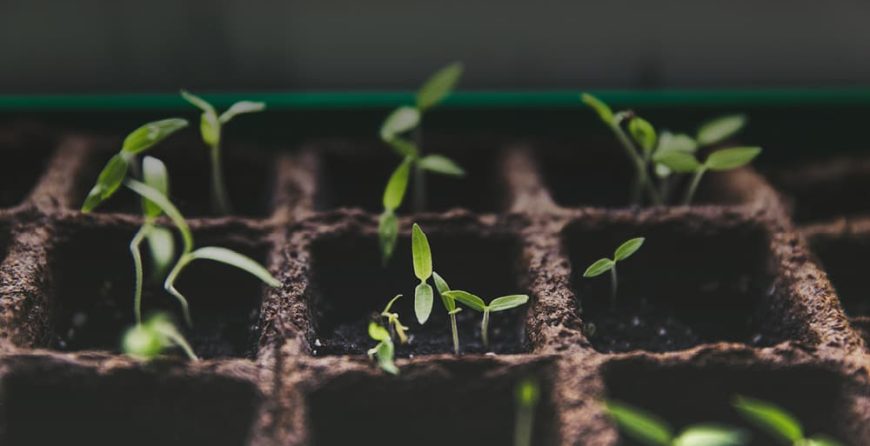 Taking care of your garden means feeding the soil first and not the plants. When you get used to this idea and put it into practice, you’ll start to see healthier plants, richer harvests, and successful gardens.
Taking care of your garden means feeding the soil first and not the plants. When you get used to this idea and put it into practice, you’ll start to see healthier plants, richer harvests, and successful gardens.
Building rich soil means you’ll get better vegetable harvests so you can put clean, healthy food on the table, but it doesn’t happen overnight. Healthy soil is the result of consistent amendments that include mulching, using compost, and applying organic fertilizer.
Naturally, the best time to amend your soil is in the spring before the planting begins. Let’s take a look at three easy things you can do in the spring to drastically improve your soil quality.
Cover the Soil with Leaves
Fall isn’t the best time to amend your soil, so this step takes some pre-planning. When the leaves start to fall in October, gather them and place them on top of your garden soil. Once spring rolls around, start to pull away the thick layer of leaves you left there. Do this gradually because the soil will be moist underneath. If you expose the wet layer too quickly, you will likely see a lot of worms in that layer. Give the worms some time to burrow back into the soil before pulling back that final layer of wet leaves.
Pro tip: Digging wet soil is bad for your garden because it ruins the structure of the soil by compacting it and turning into brick-like clods.
Then, dig a thin layer of leaves into the soil and use the rest to mulch around your plants as they grow.
Apply Manure or Compost
During your springtime preparations, be sure to apply composted manure if you’re going to use any at all. Fresh manure will burn your plants with nitrogen and prevent pathogens from spreading, so go for the composted stuff. You can find animal and plant-based composted manure at your local garden center.
Use Organic Fertilizer
Since the whole point of gardening is to maintain a source of healthy, organic food, your fertilizer should be organic as well. Always start with a soil test to see what your garden needs.
Once you know which elements are missing from your garden (is it low on nitrogen, potassium, or phosphorus?), you can search for dry, organic fertilizer recipes online. Your favorite vegetable gardening book or magazine may also have some great recipes you can follow. Get the ingredients from the organic fertilizer section at your local garden center or order them online.
Would you prefer to skip the gathering, mixing, and applying of your own organic fertilizer? You can pick up premade dry, organic fertilizers at your garden center so you can skip the hassle. When applying fertilizer to your garden soil in the spring, dig to a depth of approximately four inches. Then, when your veggies have started to spring up, supplement the blooming ones with some liquid emulsion, which is high in nitrogen.
Following these springtime fertilization tips can take a little bit of planning, but once you get into a rhythm year after year, you’ll have less stress and prep work to worry about. Since the weather in Iowa can be a bit unpredictable, it’s better to have a plan in place so you can start right away after the final frost is over.


